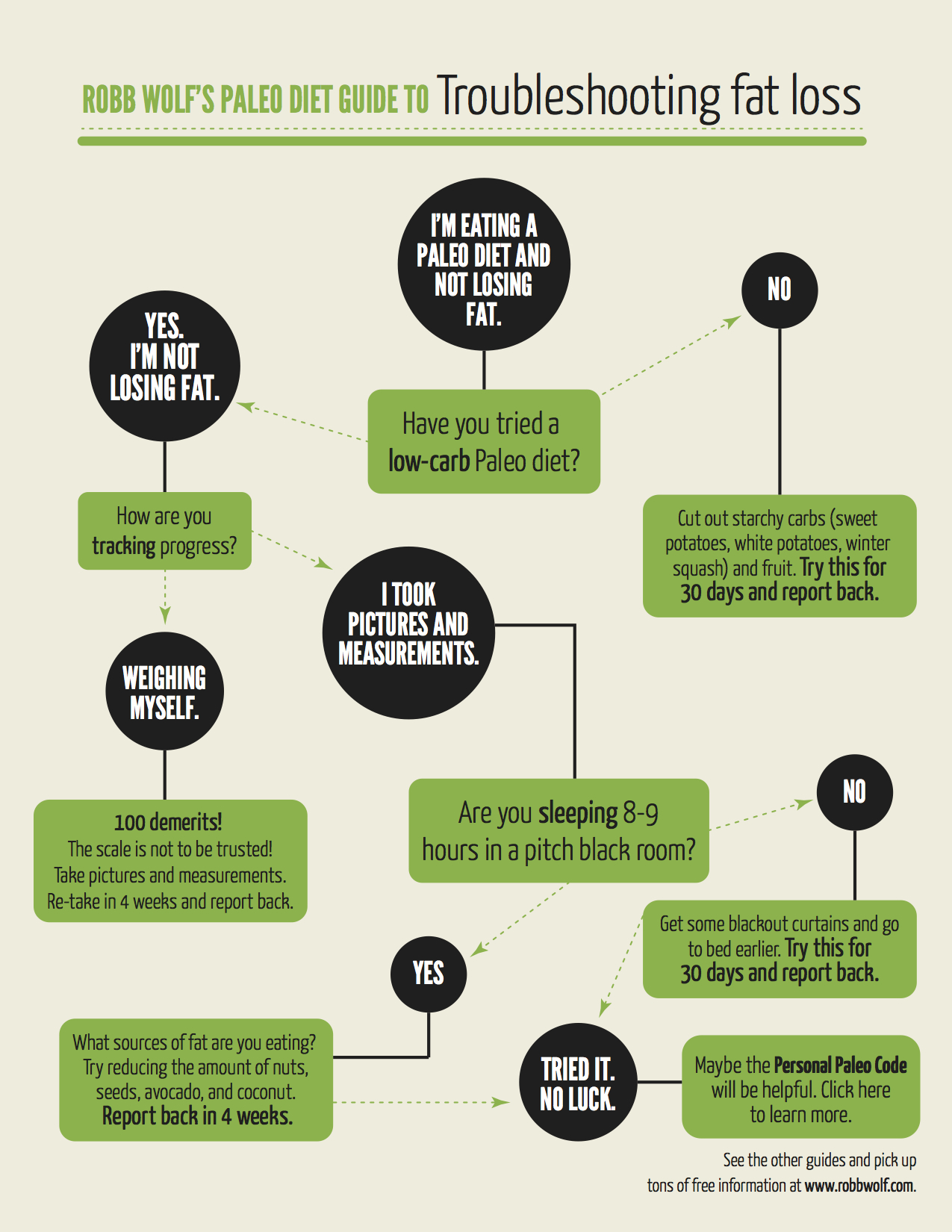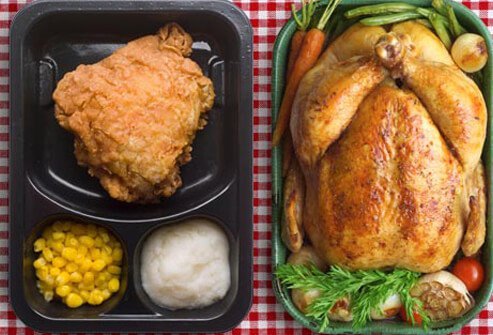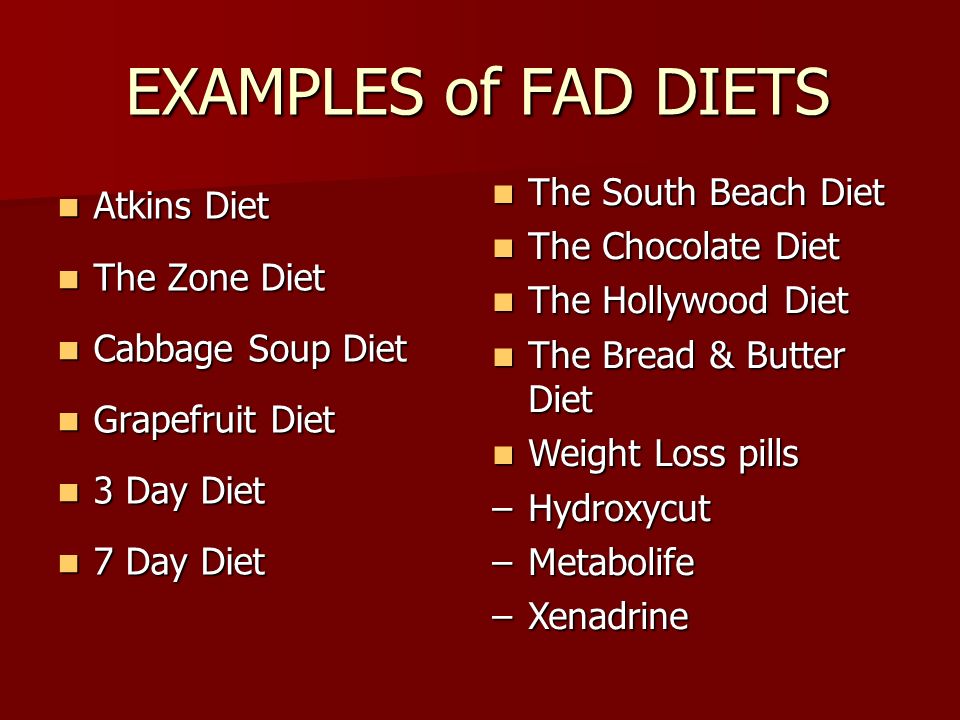
Paleo diet may prevent heart disease, but it is still controversial. While the benefits of the diet are generally accepted, some studies show a link to a higher likelihood of developing heart disease. The diet's effects on arterial distensibility (or insulin resistance), plasma insulin levels during oral glucose tolerance tests, total cholesterol, LDL and triglycerides, as well circulatory metabolism, were studied by researchers.
Increased risk for heart disease
A new study found that Paleo significantly raises levels of a blood indicator linked to heart disease. Trimethylamine noxide is a naturally-occurring organic compound that is found in the gut. A study of 44 Paleo diet participants and 47 who followed a traditional Australian diet found that people on the Paleo diet had higher levels of TMAO. This increased TMAO level is associated with an increased risk of heart disease.
Researchers from four Australian institutions discovered that Paleo dieters had elevated levels in a compound which is linked to heart disease. Trimethylamine Noxide is a compound that bacteria produces in the gut and is associated with the development of heart disease. Paleo diets are also associated with lower levels of beneficial bacteria. However, further research will be required to establish the role of this decreased carbohydrate intake on heart health.
Inflammation is at higher risk
A Paleo diet is linked to heart disease. Interlukin-10 is a signaling molecule that immune cells release, and Paleo people have higher levels. Researchers believe that low levels of interlukin-10 could indicate a higher chance of developing heart disease. Although high levels of interlukin-10 could counter inflammation and protect blood vessels from damage, more research is needed to confirm this relationship.

The Paleo diet consists of an omittal of grains, legumes, and vegetable oils. It is an excellent base for many heart-healthy diets. However, it is high fat. It has both trans and saturated fats. This makes it expensive. Because it is high in meat and dairy products, some people cannot afford the Paleo diet. People with lower incomes might find it difficult to afford these meats.
Higher risk of developing kidney disease
Health nuts love the Paleo diet, but there are concerns. The diet emphasizes meat because it is high cholesterol. Paleo discourages refined sugars consumption, as they are high in empty calories. These sugars are also linked to obesity, diabetes, and heart disease. The Paleo diet discourages legumes but encourages meat.
The Paleo diet not only increases fiber intake but also lowers waistline. A high level of fiber in the diet lowers cholesterol. Avoid eating egg yolks. Egg whites are the better choice for renal health, as they provide high-quality protein. Water intake can also help lower urine protein levels. There is still a risk of developing renal disease.
Increased risk of developing heart disease among women
Paleo is a popular diet for many reasons. It has many heart health benefits and is based primarily on the Mediterranean or Nordic diets. High amounts of animal fat mean it is high-in saturated and trans fats. High levels of beef consumption are associated with increased heart disease risk. Paleo is not for everyone. Paleo can also be expensive for low-income persons.
Studies have shown that both cholesterol and saturated fat are not linked to an increase in the risk of heart disease among Paleo-style women. Even though the Paleo diet reduces junk food intake, it doesn't cut down on saturated fat. A recent review of the nutritional lines associated with heart disease concluded that there was insufficient evidence to link saturated fat to heart problems. Although a paleo diet is less varied than the traditional diet, it still has plenty of vegetables.
Effects on gut bacteria

A new study suggests that Paleo diets may reduce the risk of obesity and heart disease. Researchers compared the TMAO levels between people who ate Paleo and those who didn't. High-protein diets support the growth of good bacteria, while reducing the number pathogenic microbes. A high-protein diet may increase your risk of developing chronic diseases, decrease your gut health, or cause micronutrient deficiencies.
The research also showed a strong link between TMAO levels, diet, and a person’s dietary habits. Research showed that a higher intake animal-based protein such as meat or fish increased TMAO production in blood. In this study, the participants' blood levels of TMAO were nearly twice as high as those of the controls. The researchers also found lower levels of TMAO in vegans than those who eat paleo diets. Further, the researchers found that TMAO levels were significantly reduced when the participants took carnitine supplements.
FAQ
How can I learn how to cook like a professional chef?
Cooking is one way to be a better cook. Being able to cook healthy food is a great skill to improve self-confidence. Start cooking at home if you want to learn how to cook. First, find out which recipes appeal to you. Then, read books about different foods, such as Italian, Mexican, Chinese, etc. Finally, you can practice cooking different dishes until your skills are perfect.
What should a beginner chef learn?
Start cooking something simple, such as pasta, rice, soup. A recipe book or a YouTube video can help you learn how to cook. Cooking can be fun when done with a partner. Cooking together is fun with family members or friends.
How Much Does It Cost to Study Culinary Arts?
There are many factors that influence the cost of learning culinary arts. A four-year degree in culinary arts typically costs around $40,000. A two-year associate's program may be less expensive at $5,000. Tuition costs vary depending on which program you choose. Prices for tuition are higher in private institutions than they are for public ones.
Statistics
- According to the BLS, chefs earn $58,740 a year. (learnhowtobecome.org)
- In the United States, the category is estimated at $23.2 billion annually and is growing faster than the market. (washingtonpost.com)
- You'll be amazed that over 90% of CIA students receive scholarships and grants to finish their culinary studies. (ischoolconnect.com)
External Links
How To
How to make a perfect Omelette
Omelets are one of my favorite foods to eat at breakfast. But how do you make them perfectly? I have tried many different recipes and methods, but none of them work. So I am sharing some tips and tricks today to help you make fluffy, delicious omelets every morning.
Before we start making omelets, let's remember that eggs are temperamental. Eggs must be purchased fresh, preferably organic, and kept chilled until ready for cooking. You must keep them cool enough to allow the whites to form properly and the yolks to become too runny if they're not kept at the right temperature. Your omelets will look strangely colored if this happens. It is best to use room-temperature eggs if you are going to cook them right away.
Another tip is to separate your egg before adding it into the pan. The yolk and white should not be mixed together as this can cause the omelet's curdle.
The bottom part of an egg that is added directly to the stovetop might be burned, which could cause a ruined texture in your omelet. Instead, microwave the egg for 10 seconds before adding it to the pan. The heat from the microwave cooks the egg just enough without overcooking it.
Next, let’s talk about mixing the egg. When you mix eggs together, you want to beat them well. Turn the bowl upside down and grab the whisk to do this. Next, shake the bowl vigorously. This way, the air inside the bowl gets whipped around and mixes the egg thoroughly.
The fun part begins - you need to pour the milk into your mixture. Pour half the milk into the beaten egg mixture and then fold in the eggs. Don't worry if there are still streaks of egg visible; these streaks will disappear once you flip the omelet.
After folding the eggs fold the pan onto medium heat. When the oil starts to hot, wait for the pan to cook. Once the oil has gotten hot, add 1/4 cup of butter and swirl it around so that the entire pan is coated. Now carefully crack open the lid of the pan and sprinkle salt into the pan. A pinch of salt will prevent your omelet from sticking in the pan.
Once the omelet forms, cover the pan again. Let the top side set completely. Use a spatula to flip the omelet or turn the pan upside-down. Cook the other half for another minute. Take out the omelet and place it in a bowl.
This recipe works best with whole milk, but skimmed milk also works.